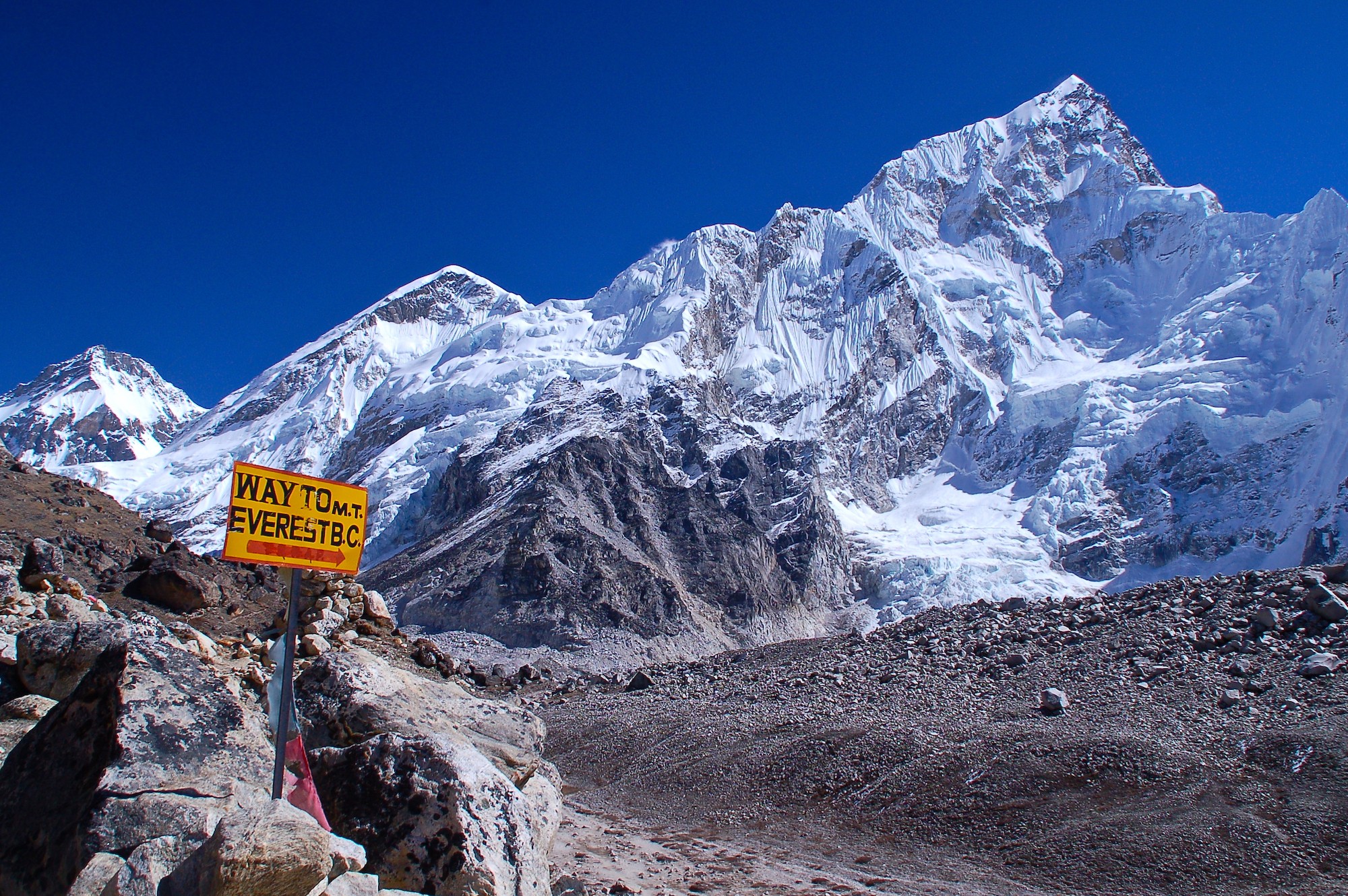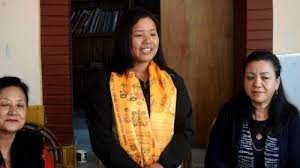Bhutan, a small land-locked country in South Asia, is an enigma is itself.
From the concept of Happiness Index to the restrictions on travel, this Himalayan country is the right blend of modernization and preservation of ancient culture which makes it one of the most appealing things to tick off your bucket list. Cut off from the rest of the world until the 1960s, Bhutan still continues to impose heavy restrictions on tourists except from India, Bangladesh and Maldives. Others have to obtain visa and book their travel through Bhutanese travel agents. This may make you wonder about what Bhutan has been trying to hide. Brace yourselves; Bhutan is not your average destination. It is filled with monasteries, mountains, magic and much more.
Being a country of the Drukpa Lineage (the Dragon People), the name Bhutan is believed to have originated form Sankskrit word “Bhota-anta” which means “end of Tibet” referring to the country being the southern extremity of the Tibetan Plateau and culture. The Bhutanese people take pride in their responsible as well as sustainable tourism approach. The minimum tariff of $250 per day for foreigners, which makes Bhutan one of the most expensive tourist destinations, explains their belief in low volume but high value tourism. On the bright side, this tariff paid is inclusionary of food, accommodation and transport with an official guide to accompany you through the whole trip.
Bhutan is a country that will leave you in awe with disbelief. It is a unique blend of culture and technology where monks carry smart phones and giant penises are erected at the entrance of houses. Bhutanese believe that Phallus (image of an erected penis) keeps away evil people, spirits, and gossip. Although the country is still not very open to the world, the Bhutanese are well educated, easy going and very well informed about the world affairs. Along with technology and culture, the country has emphasized greatly on the preservation of their environment which makes it endlessly fascinating. Bhutan is not just carbon neutral; its nature absorbs more carbon that it produces. Thanks to the strict laws imposed, more than 70% of Bhutan is covered with forests that include over 5,400 species of plants. So don’t be too shocked if you see lush spreads of blue poppies and hillsides ablaze with colorful rhododendron blooms in your trails.
Bhutan is gifted with a wealthy primate life. It is home to the rare golden langur, Macaca munzala (a new variant of the Assamese macaque), Bengal tiger, clouded leopard, hispid hare, sloth bear, Himalayan black bear, red panda, snow leopard, blue sheep, the Himalayan Musk deer and many other rare animals. There are more than 770 species of Birds along with the endangered white-winged duck. Bhutan is well known for pristine mountain adventure trekking and hiking routes. Also while in Bhutan do not miss the Mask dance of the drums from Drametse which is registered in the UNESCO Intangible Cultural Heritage List. You will find the streets fascinating as they are filled with colorful textiles and handicrafts along with outrageous archery competitions every now and then. Imagine these streets in traditional Bhutanese villages shrouded with scenic Himalayan ranges and snow-capped mountains filled with picture-book landscape along with majestic fortress-like dzongs, monasteries and the welcoming Bhutanese smiles. Who wouldn’t want to travel to Bhutan?
But Bhutan is rapidly changing. With the recent political shift from absolute monarchy to constitutional monarchy, a great deal of construction is going on, particularly in Thimphu and Paro. This has posed some threat to the originality of the traditional places in these places. It might not be long before modernization starts taking its toll on Bhutan, just like many other countries. Therefore, if you're thinking about visiting Bhutan, hurry up, it's better to go sooner rather than later!





